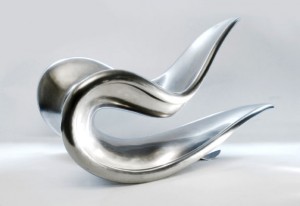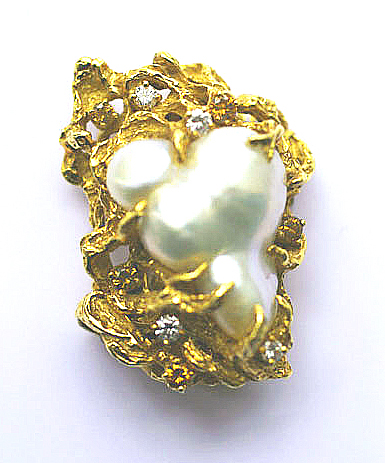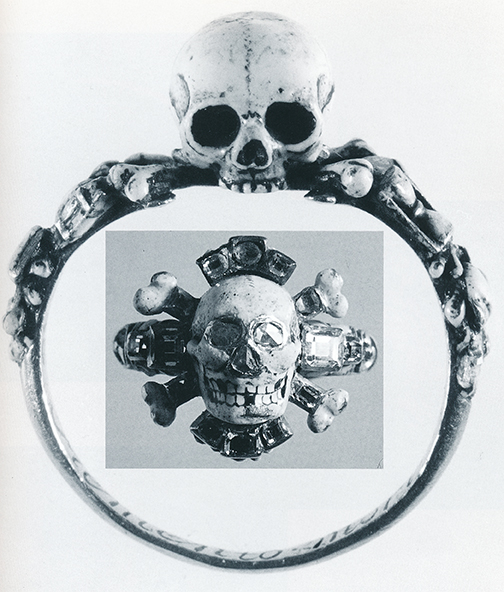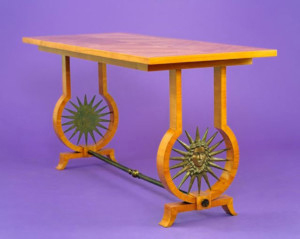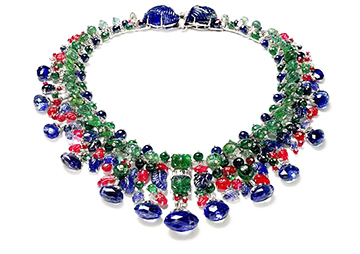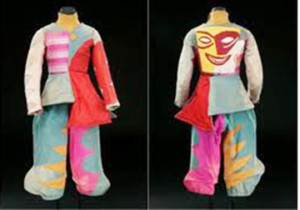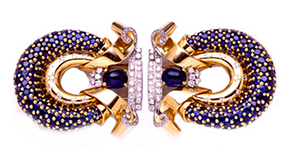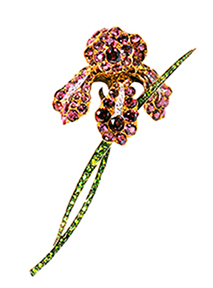One of the problems with the contemporary “Design” movement is that quite a lot of the pieces are seemingly extreme just for the sake of being “different”. Many designers forget that a little originality goes a long way. Also, many of the new designs are far from being actually functional. There are chairs that one cannot really sit on, tables…
